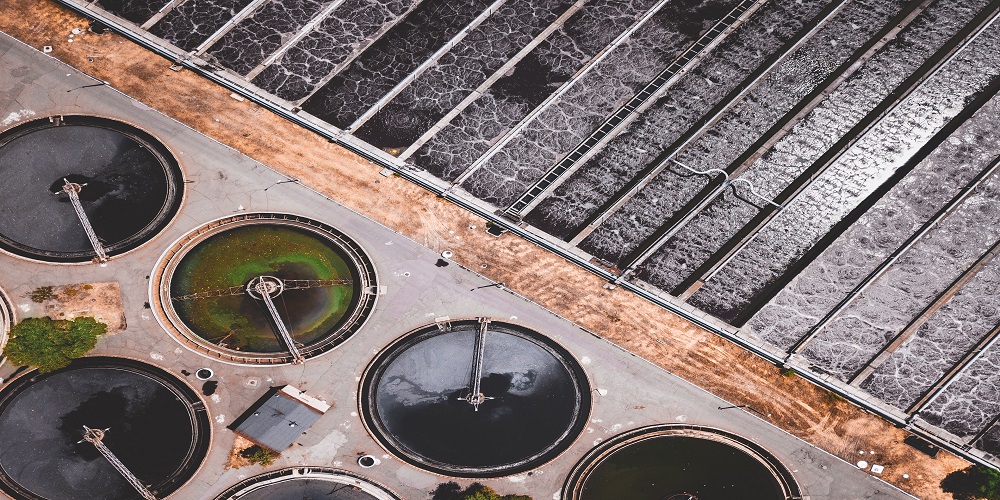A septic system is among the most important parts of the plumbing infrastructure in homes not connected to the city sewers.
It is used to process the wastewater that is released from your house. When it stops functioning normally, the wastewater cannot be removed and can go back inside without being treated, posing a major health risk.
Septic system failure is not uncommon and can be costly to repair. But learning about the causes of such failure can help prevent it, and this guide is all about that.

4 Common Causes That Can Cause Septic Systems To Fail
1. Poor Maintenance
Septic systems transfer all the wastewater your home produces to septic tanks, where heavy pollutants get separated from the water. These then settle down and form sludge, while lighter contaminants rise to the top as scum. Both the sludge and scum remain in the tank while the water is passed into the drain field.
This scum and sludge need to be periodically removed to keep the tank functioning properly. If that doesn’t happen, it can lead to a buildup which will drain out from the tank with the water. Ultimately, it will lead to the failure of the septic system.
2. Overuse Of Water
A septic tank can hold a limited amount of wastewater at any given time and can process water flowing at a specific rate, depending on the size of your home. Usually, such tanks dispose of the wastewater at the same rate as it enters, but they cannot do so when there is excessive water.
The reason is that incoming water fills up the tank before it can get rid of the water already inside. When that happens, the wastewater tends to go back, either outside onto your lawn or inside, through the pipes.
3. Damage
There are four main components of a septic system – the pipe, the tank, the drain field, and the soil around it. When any of these components get damaged, it can affect the working of the system. Usually, the damage starts small, but when overlooked or ignored, it can amplify and wreak havoc on your property.
Tree roots are the leading cause of septic system damage and can puncture or dislocate pipes. They can also lead to the clogging of the drain lines and may even break the tank.
4. Faulty Installation
Even using the right-sized tank can lead to the failure of the septic system if it is not installed properly. Such systems are situated at a specific depth in suitable soil, and the soil affects how effective the drain field is.
An extremely wet drain field can prevent proper sewage treatment and allow it to mix with the groundwater, contaminating it.
Final Words
Many problems with septic systems can be avoided if you understand how they work and what can hamper their functionality. And certain signs can help indicate that a failure is imminent, such as gurgling sounds, slow drainage, foul odour, and others.
If you’ve noticed such signs, call a septic system service provider to get your septic tank investigated today!
